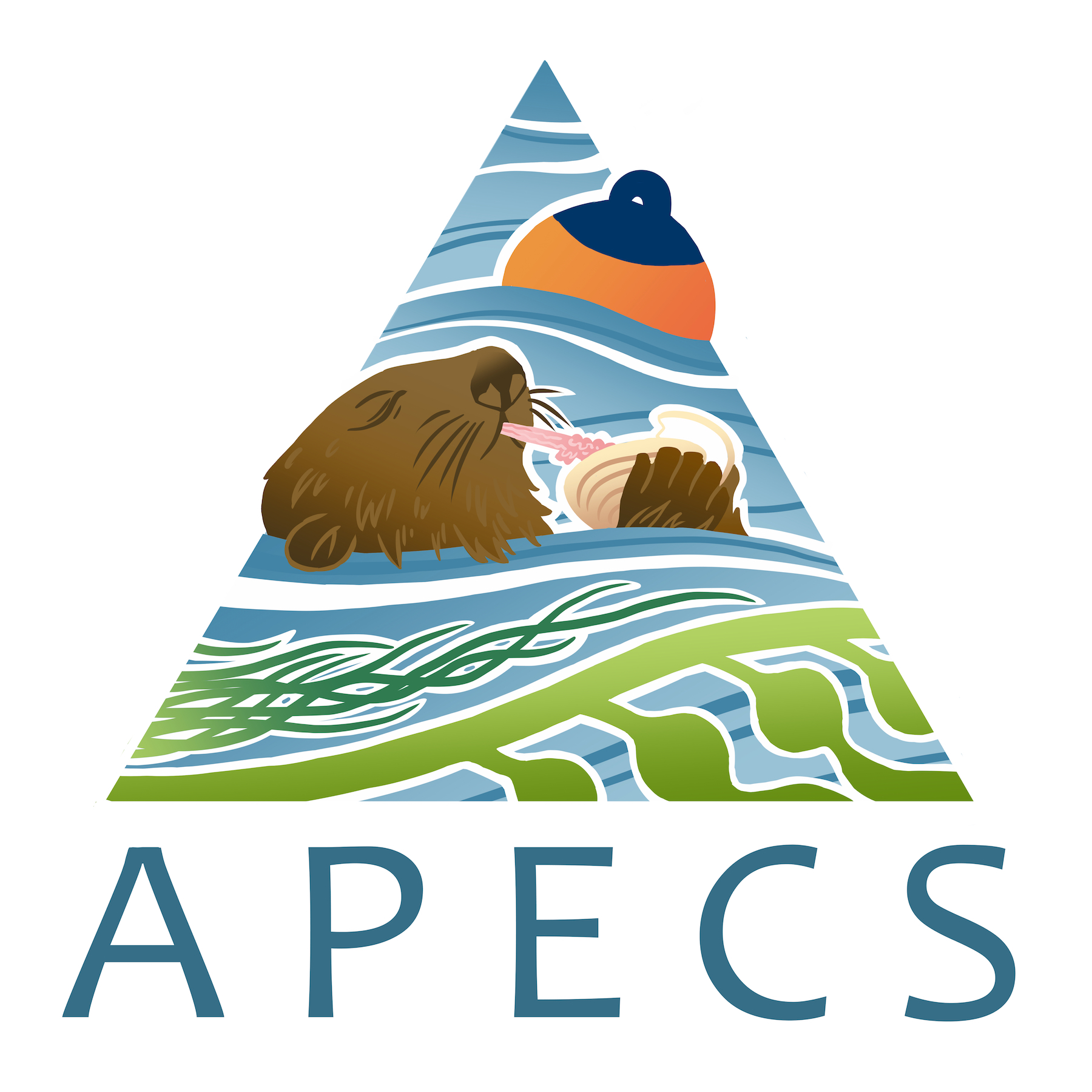Project: Coastal SEES Collaborative Research: Apex predators, ecosystems and community sustainability (APECS) in coastal Alaska
Description
Humans have a long history of controlling or hunting predators which has resulted in many of these animal populations being classified as threatened, endangered or extinct. Recent reintroduction of some species allows for an examination of their role in the ecosystem, potential for conflict with humans, and possible strategies for future coexistence of humans and predators. This project will use sea otters in Southeast Alaska as a model system, combining ecology, economics, and Alaskan Native traditional knowledge to learn more about the role of marine predators in coastal sustainability. Between the mid-1700s and 1900, sea otters were hunted to extinction in Southeast Alaska for their highly valuable fur. In the 1960s, these animals were reintroduced in the region, and their population has grown from roughly 400 to more than 25,000 individuals. The recovery of sea otters in Southeast Alaska provides an opportunity to understand their ecological role in coastal ecosystems, while simultaneously evaluating their interactions with people who depend on coastal resources for their livelihood. Because otters eat shellfish, fishermen and people who harvest shellfish have growing concerns that the increase in sea otters is affecting their livelihood and food resources. At the same time, hunting pressure on sea otters has intensified from coastal Alaskan Natives who can legally harvest sea otters for their fur. The project will involve collaboration with Alaska Native communities and elders. In addition, it will support a team of scientists that includes undergraduate researchers, graduate students, two postdoctoral scholars, and two junior faculty members. One of the graduate students is from a group underrepresented in science, and the investigators plan to build on their track record of recruiting and retaining students from programs for Alaskan Natives.
The objective of this project is to document the role of apex predators and environmental drivers on changes in nearshore marine resources, ecosystems, and humans using an interdisciplinary approach that integrates ecological studies, traditional knowledge interviews, and ecosystem services quantification and valuation. This research examines changes in the marine environment over a period of time in which sea otters were extinct and then recolonized. The absence and then expansion of sea otters into different areas over time allows for a space-for-time substitution in which the longer-term effects of sea otters can be seen in areas occupied longer. Analyses of historical data provide an opportunity to describe changes in kelp distribution and abundance and subsistence harvests over the last 30-100 years. Quantification and valuation of ecosystem services from sea otters, including seagrass, kelp, and fish, will provide information on the potential benefits of sea otter recolonization. The integration of ecological, anthropological and economic approaches will lead to a better understanding of the reciprocal feedbacks between humans, apex predators and environmental drivers. Collaborations with Alaska Native communities throughout the project include consultation with community members and tribal elders about project goals and results, with the ultimate goal of informing resource management to improve the sustainability of rural coastal communities and nearshore ecosystems.
No datasets

People
Lead Principal Investigator: Ginny L. Eckert
University of Alaska Fairbanks (UAF-Juneau)
Principal Investigator: Stephen Langdon
University of Alaska, Anchorage (UAA)
Principal Investigator: Heidi Pearson
University of Alaska Southeast (UAS)
Co-Principal Investigator: Brian Vander Naald
Drake University (Drake University)
Co-Principal Investigator: Michael Stekoll
University of Alaska Southeast (UAS)
Contact: Ginny L. Eckert
University of Alaska Fairbanks (UAF)
Programs
Coastal SEES (Science, Engineering and Education for Sustainability NSF-Wide Investment) [Coastal SEES]
Data Management Plan
DMP_Eckert_et_al_OCE-1600230_OCE-1600049_OCE-1600053.pdf (95.02 KB)
02/09/2025
